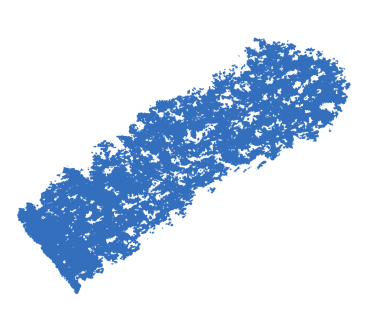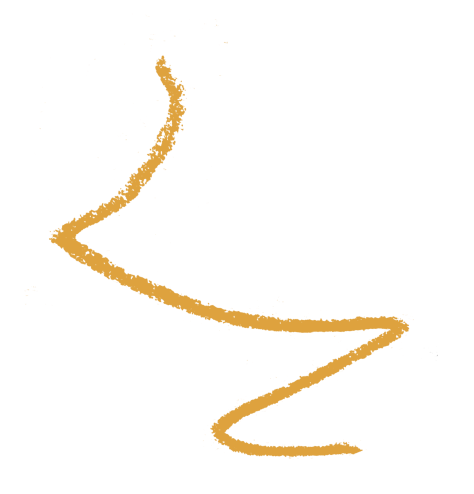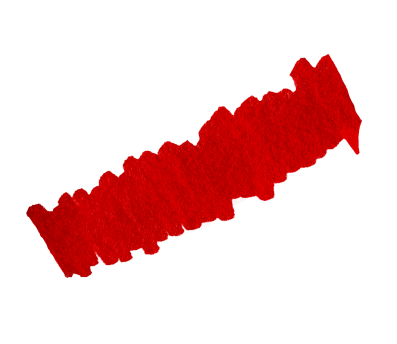


Earth
There is a widely shared understanding among Indigenous peoples, the original inhabitants of this land, that the Earth does not belong to humans; rather, it is humans who belong to the Earth. For example, many Indigenous nations have a creation story that is similar to this one :
One day, a woman who was with child fell from sky world. Seeing what was happening, the Great Turtle caught her. With the help of the other animals, the Turtle saved the woman. She then gave birth to the Earth, Mother Earth, which then brought forth all of the creatures.
In this story, the Earth deserves our respect. It isn’t we who live on the Earth, it is the places and territories in which we live that leave their marks on us. This is something Jean Paul learned early on. As a teenager, his father brought him to a presentation by Archibald Belaney, also called Grey Owl, an English naturalist who had been fascinated with the First Peoples in North America since his youth. Having emigrated to Canada as a young man, Belaney went to go live among the Ojibwa people in Northern Ontario, joining their community and eventually adopting their identity, presenting himself as Wa-Sha-Quon-Asin, which means grey owl. A legendary figure, Grey Owl used his Indigenous identity and dedicated himself to defending the Earth and its animals, especially the beaver. He had a profound influence on Jean Paul.
Jean Paul’s passion for Indigenous cultures grew even greater while living in France. His surrealist friends were avid collectors of masks created by the Yupik, Kwakwaka’wakw and Tlingit peoples on the Pacific coast of Alaska and British Columbia. Jean Paul grew interested and, as a man of culture, read deeply on the subject. His reading included two texts on Inuit culture: Les jeux de ficelle des Arviligjuarmiut (String Figures of the Arviligjuarmiut), by Guy Mary-Rousselière, and The Last Kings of Thule, by Jean Malaurie.
The titles given to many of Riopelle’s works bear witness to his interest for Indigenous lands and languages, such as Micmac (an Algonquian language) and Muscowequan (an Ojibwa First Nation in Western Canada).
Read more
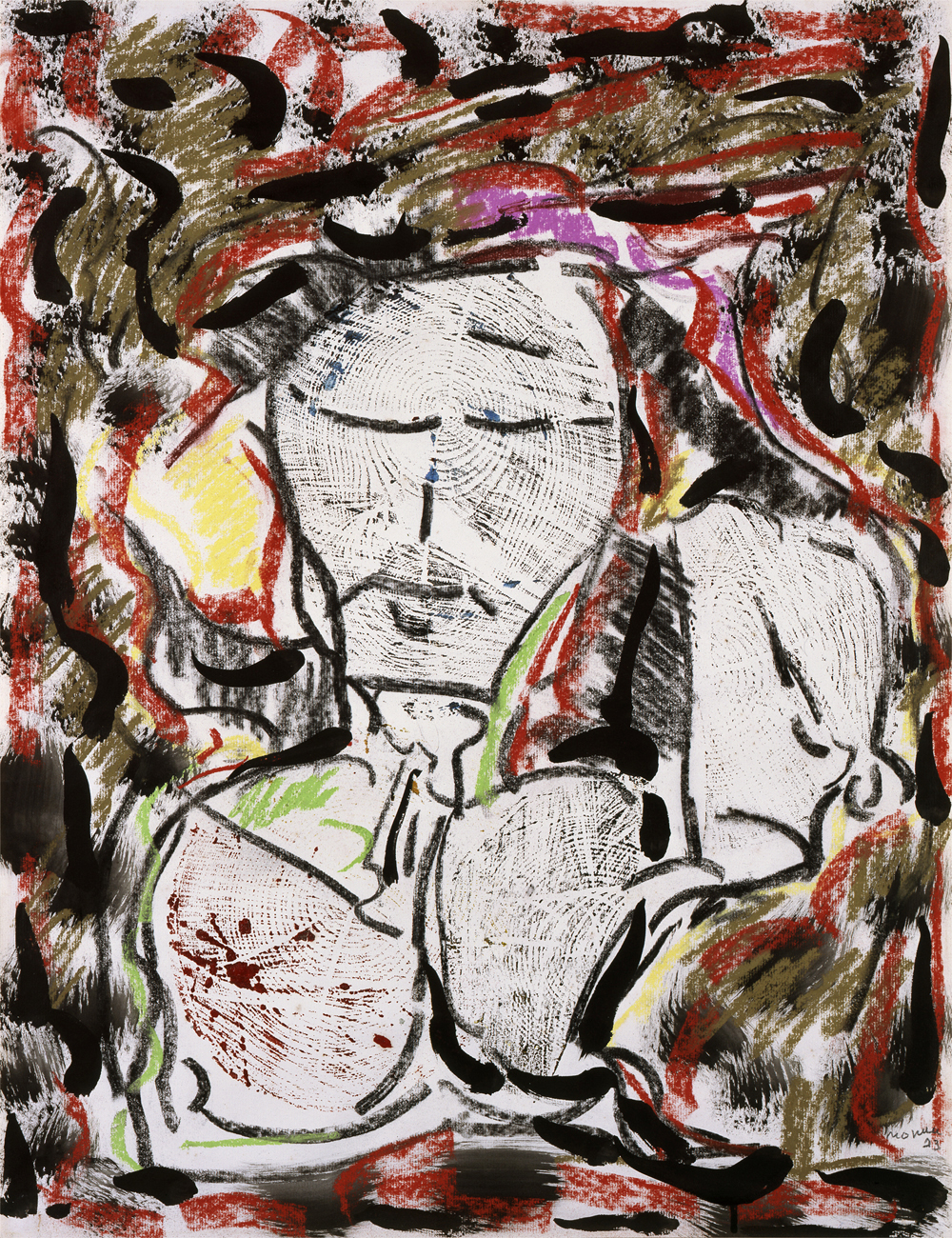
Jean Paul Riopelle, Les Rois de Thulé, mixed media on paper, 64 x 49 cm (1973) © Estate of Jean Paul Riopelle / Copyright Visuals Arts – CARCC (2023)
" I see everything I do as being a part of what I see, of what I've seen, today, yesterday, last year or even as a child… close to the earth. "
Helen Duffy, “L’art de Jean-Paul Riopelle, une alchimie de la vie”, Décormag, Montréal, May 1977, p. 36-39.
Browse the works in the collection Earth
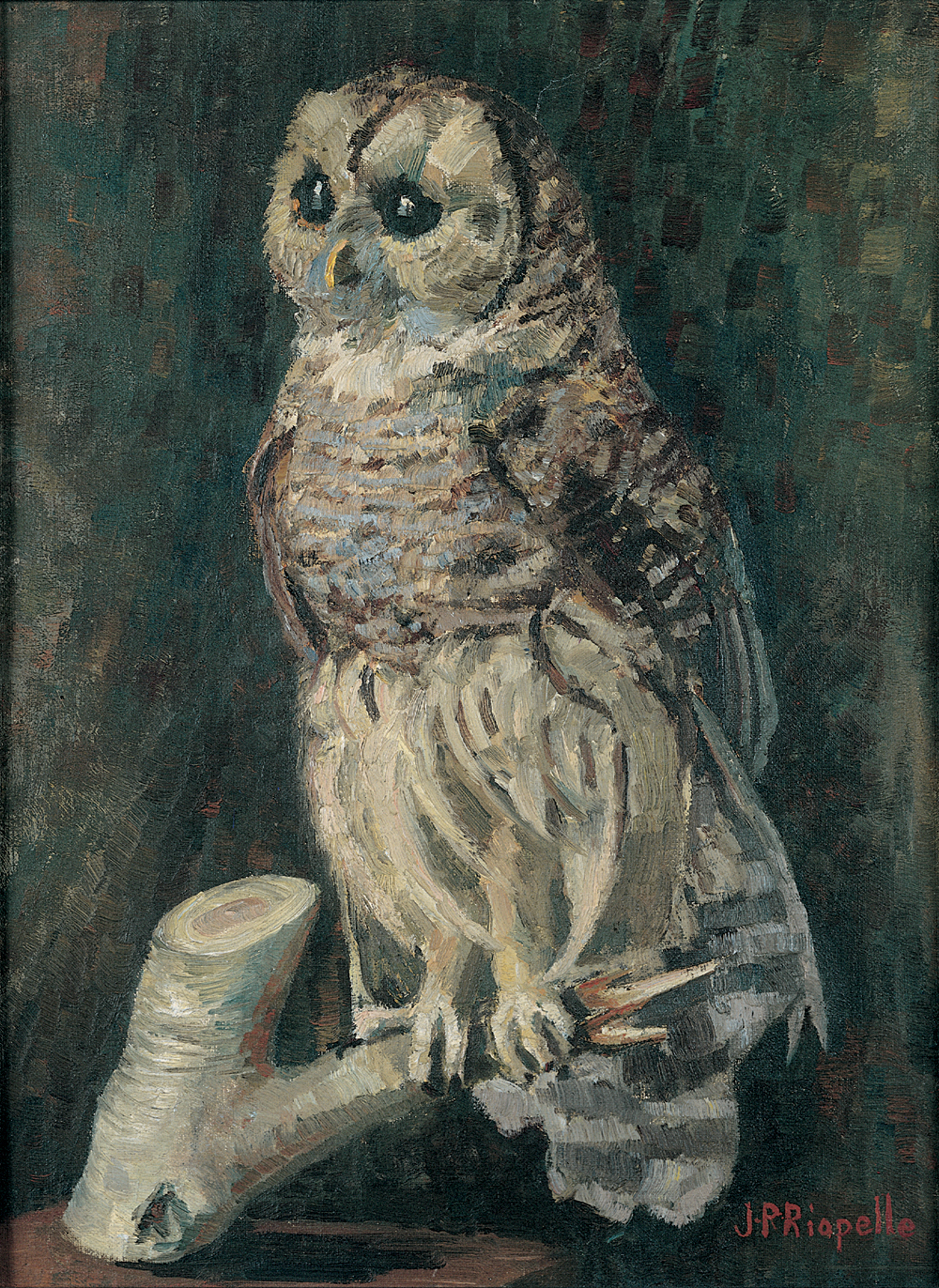
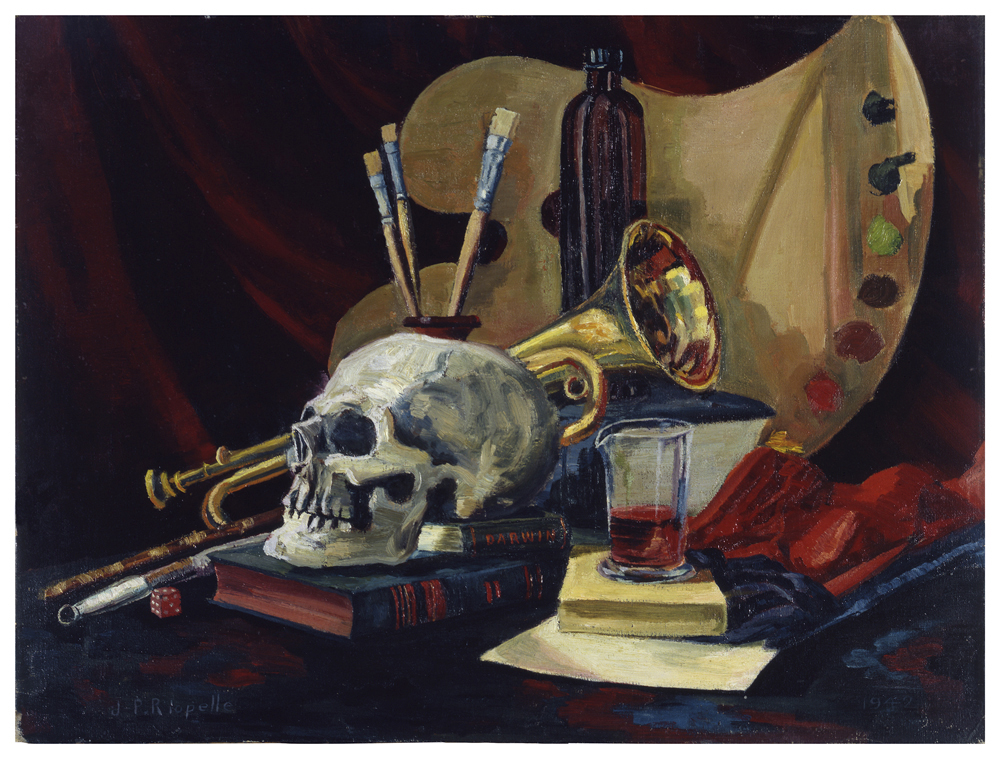
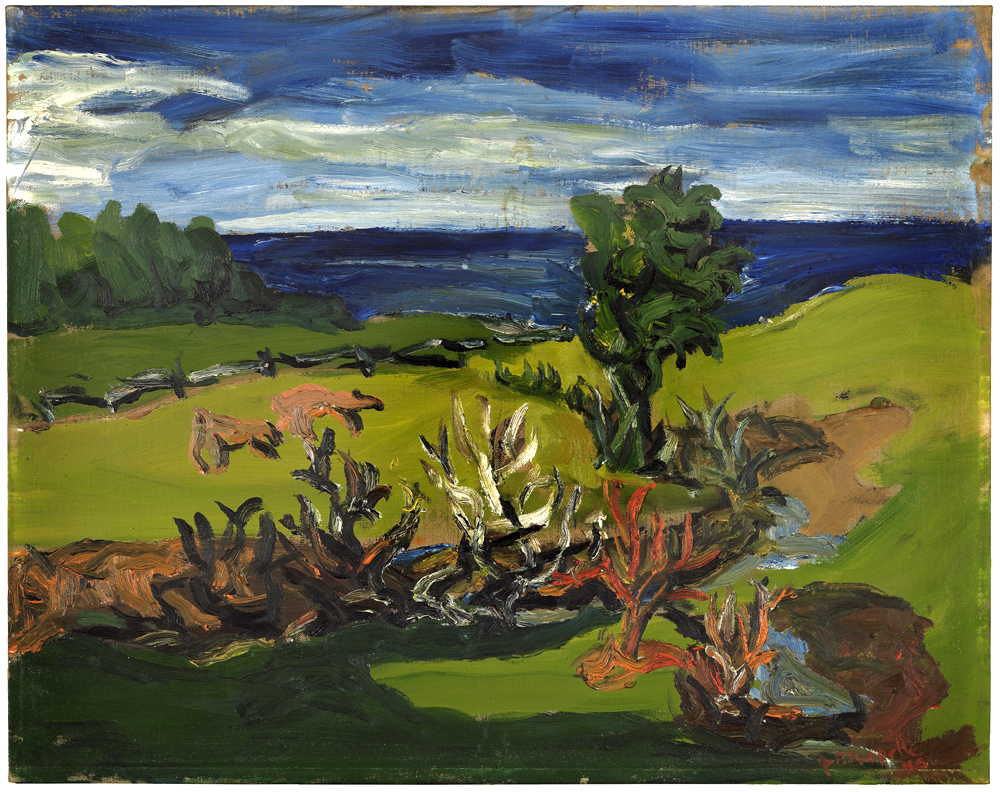
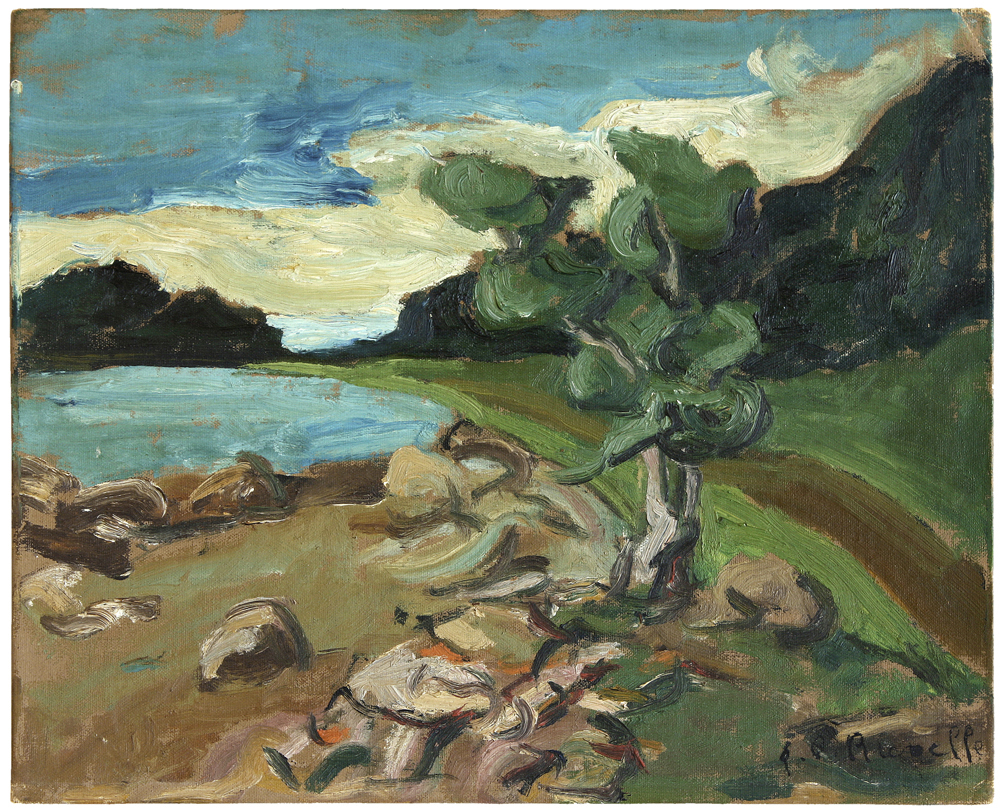
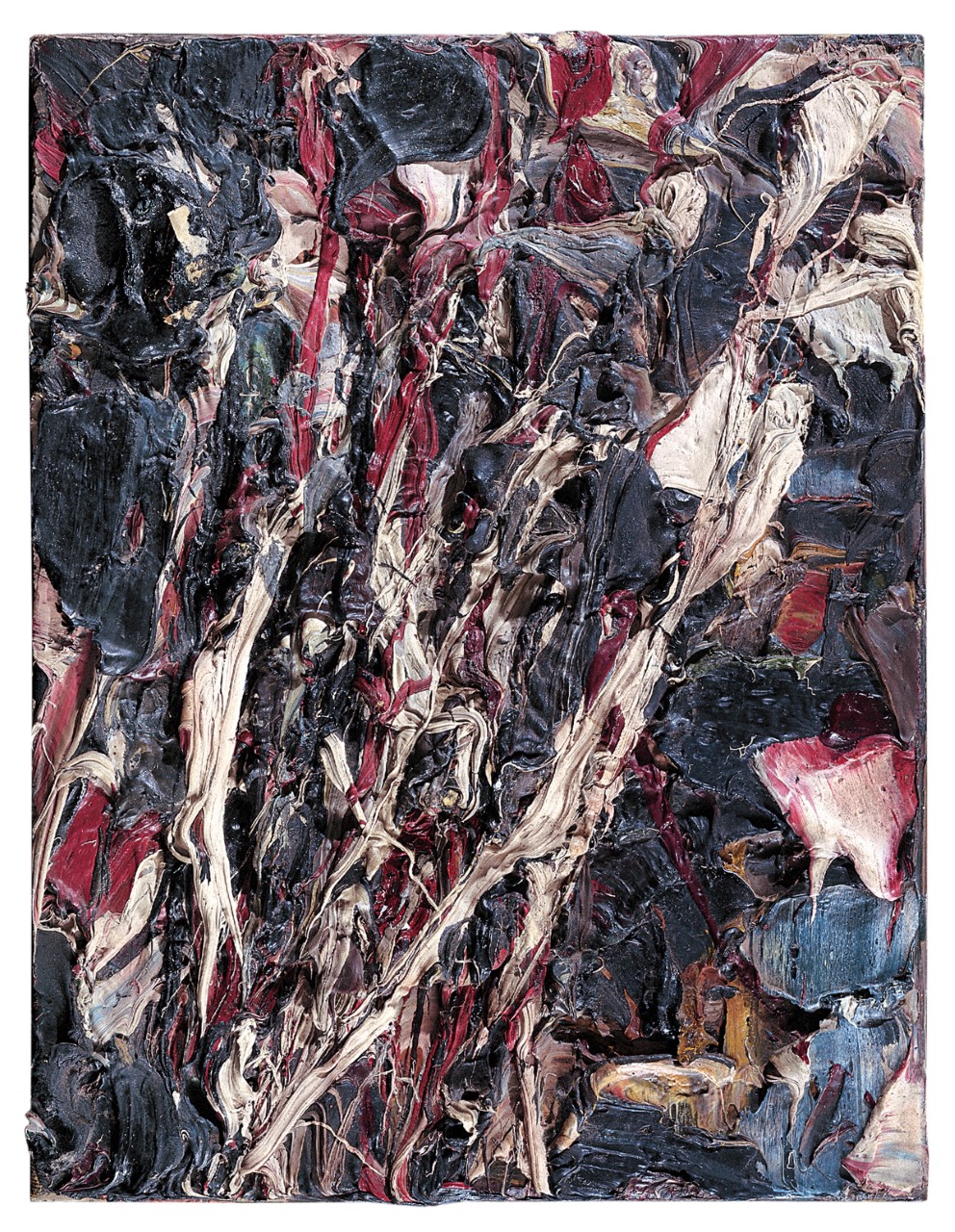
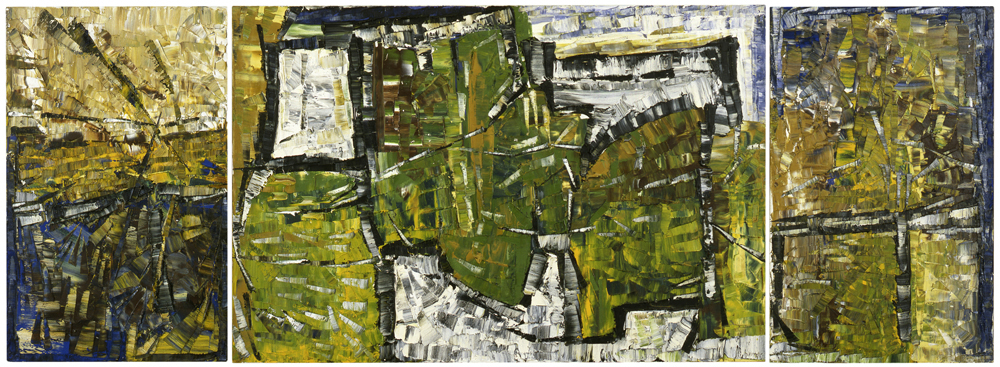
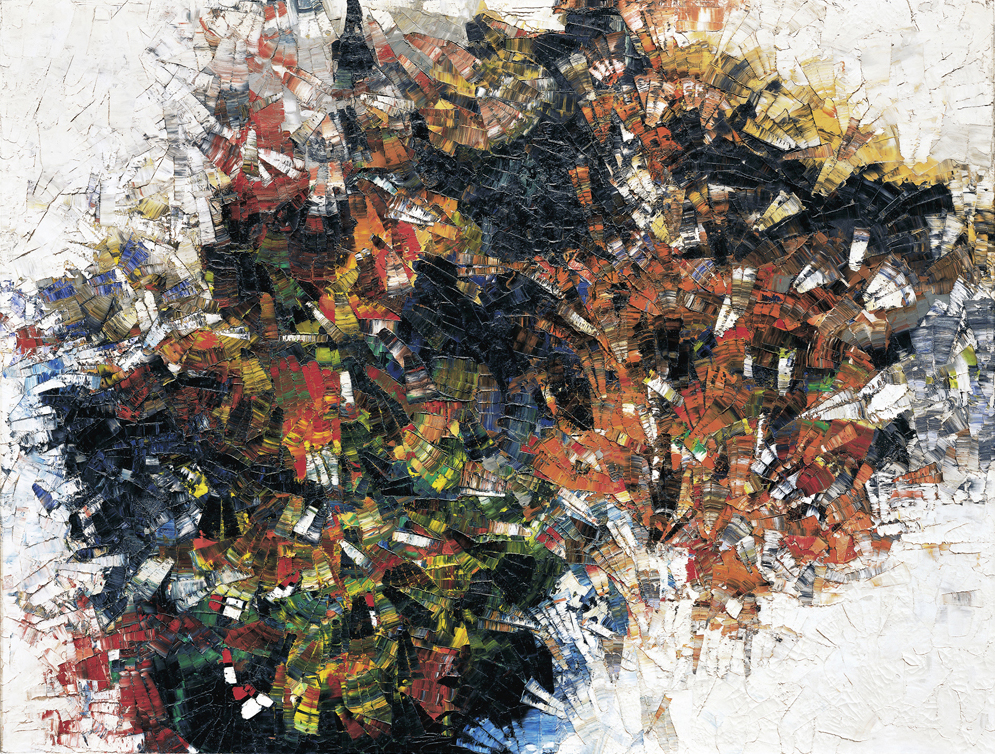
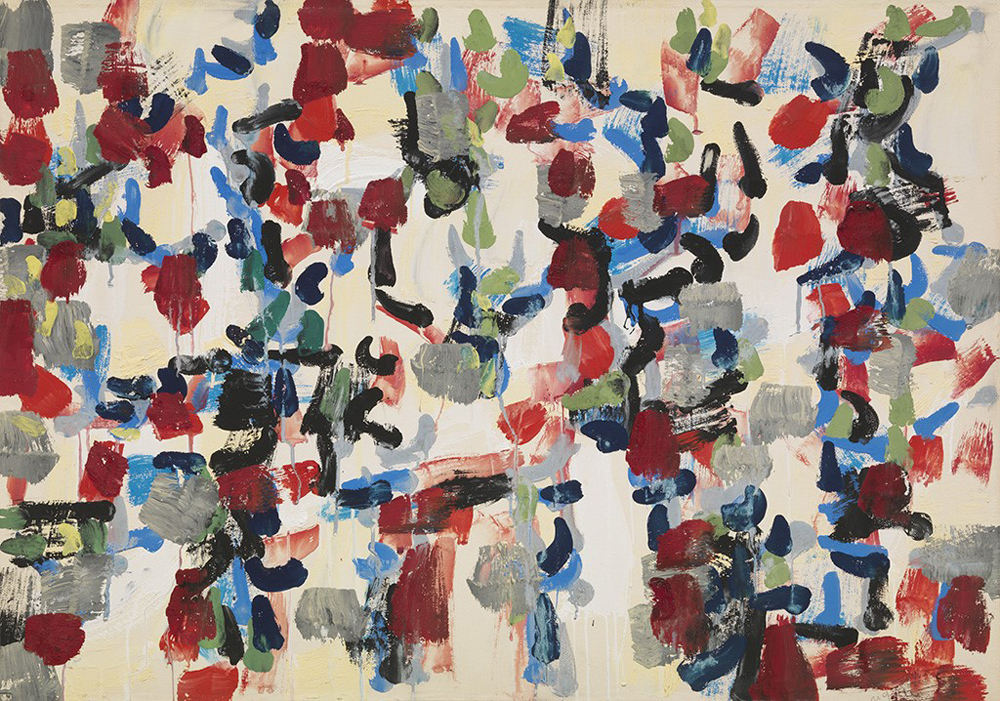
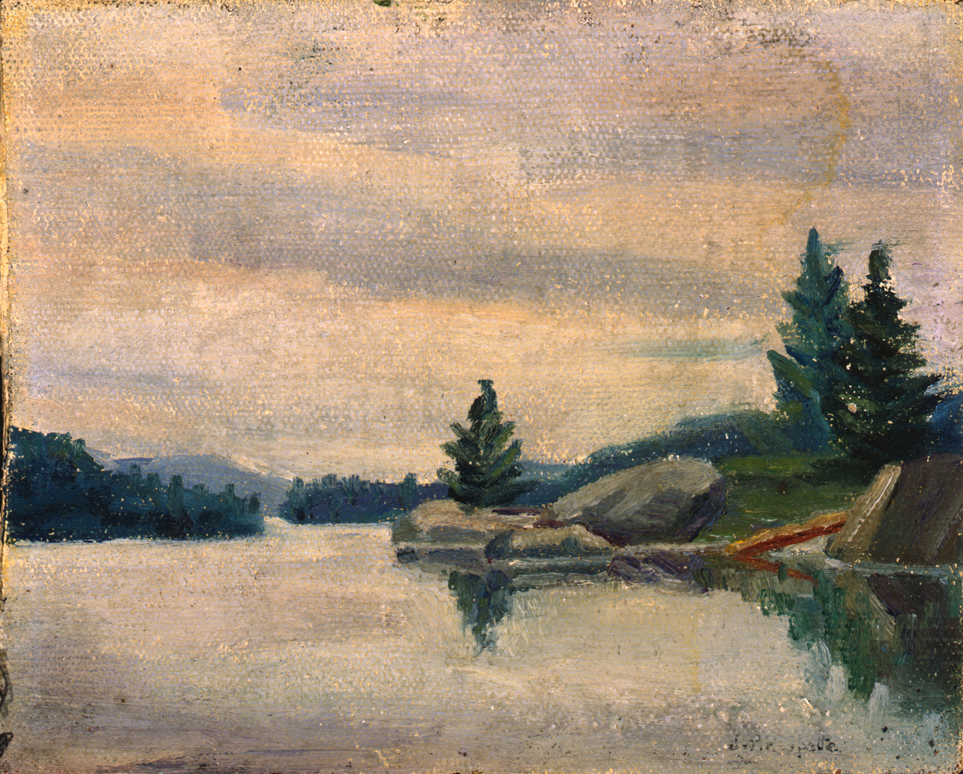
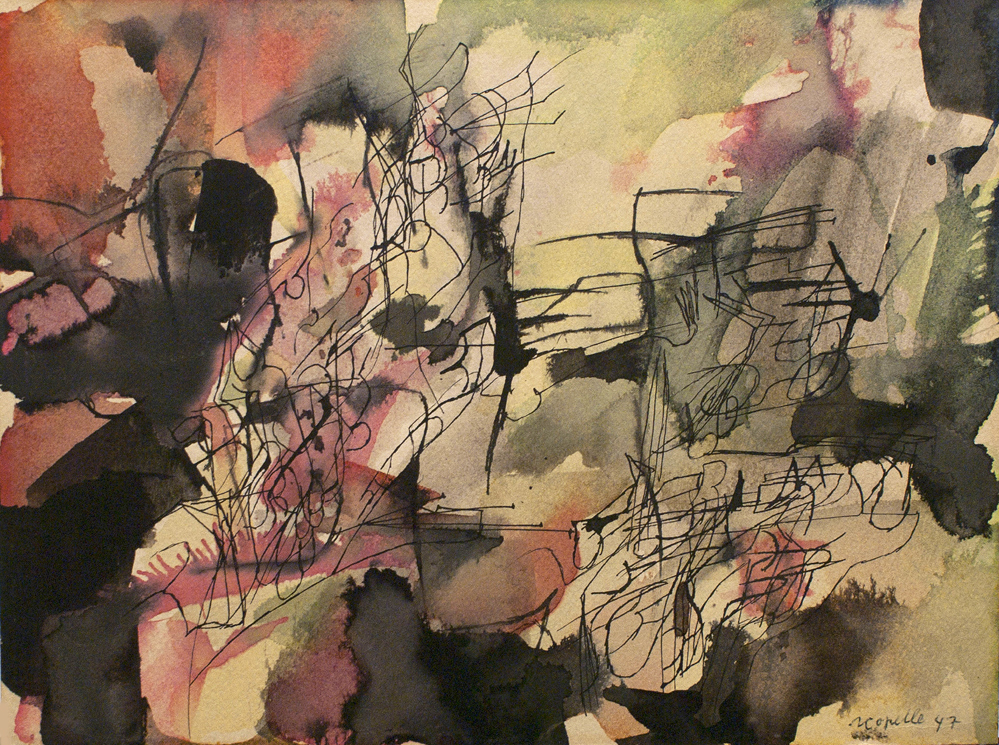
Discover photos
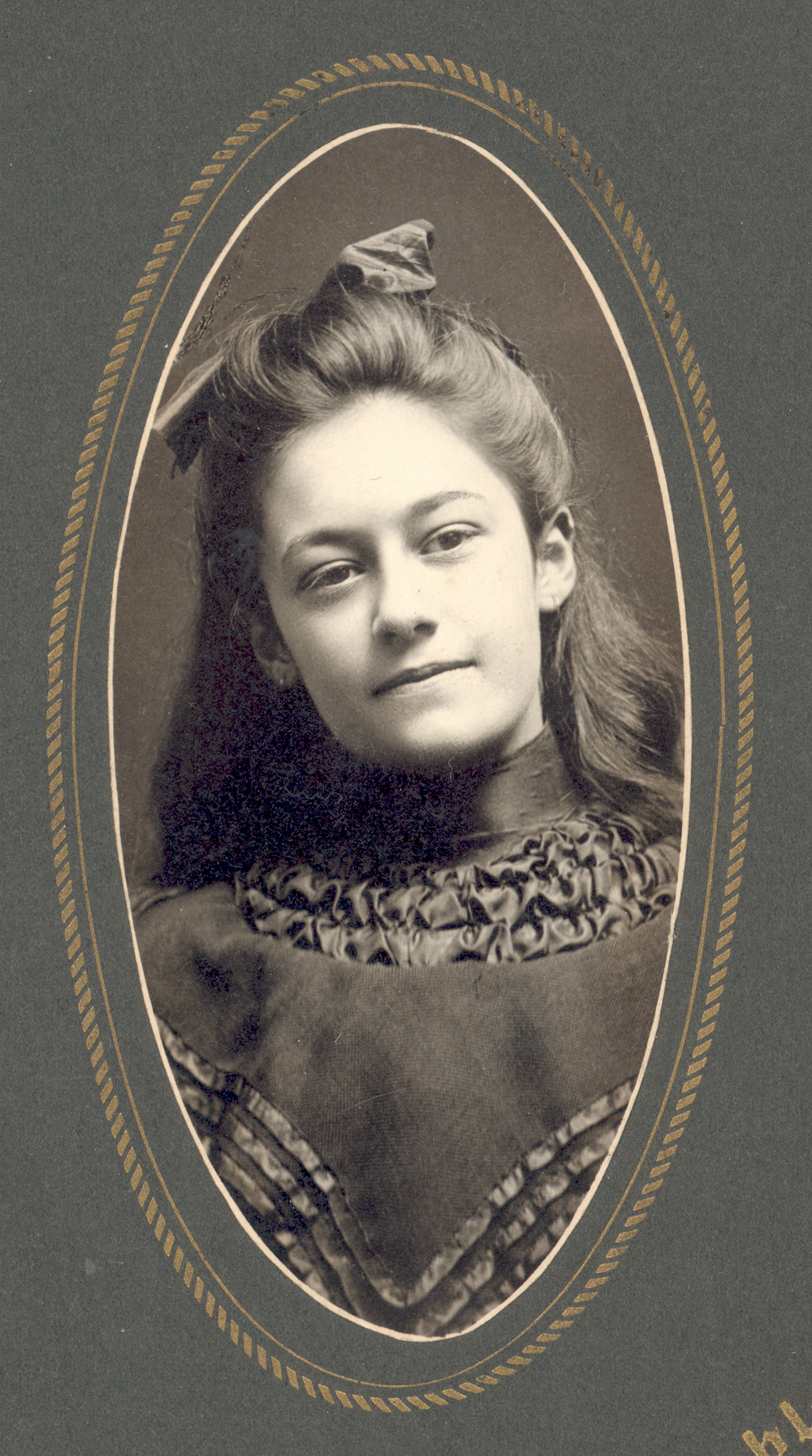
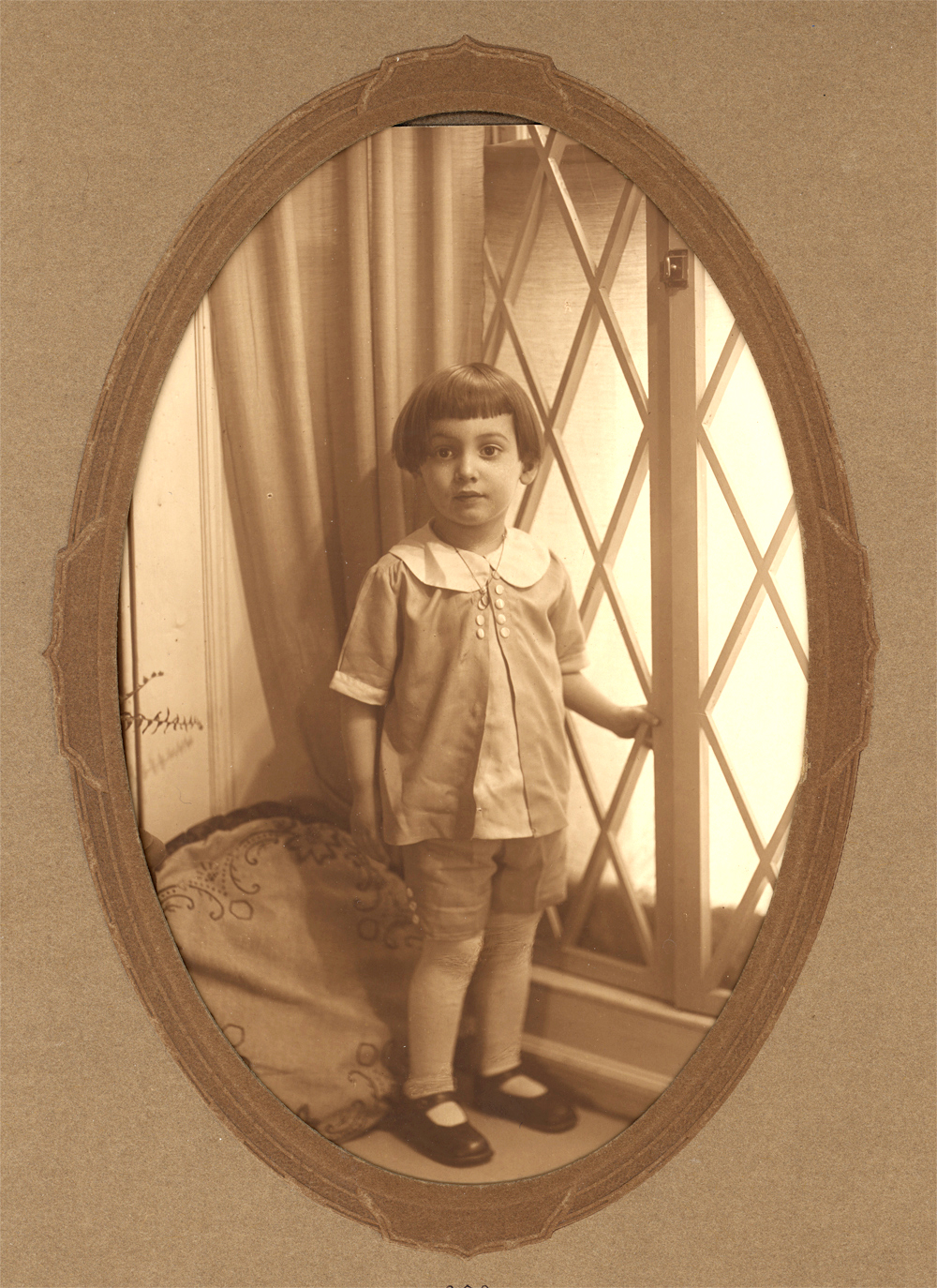
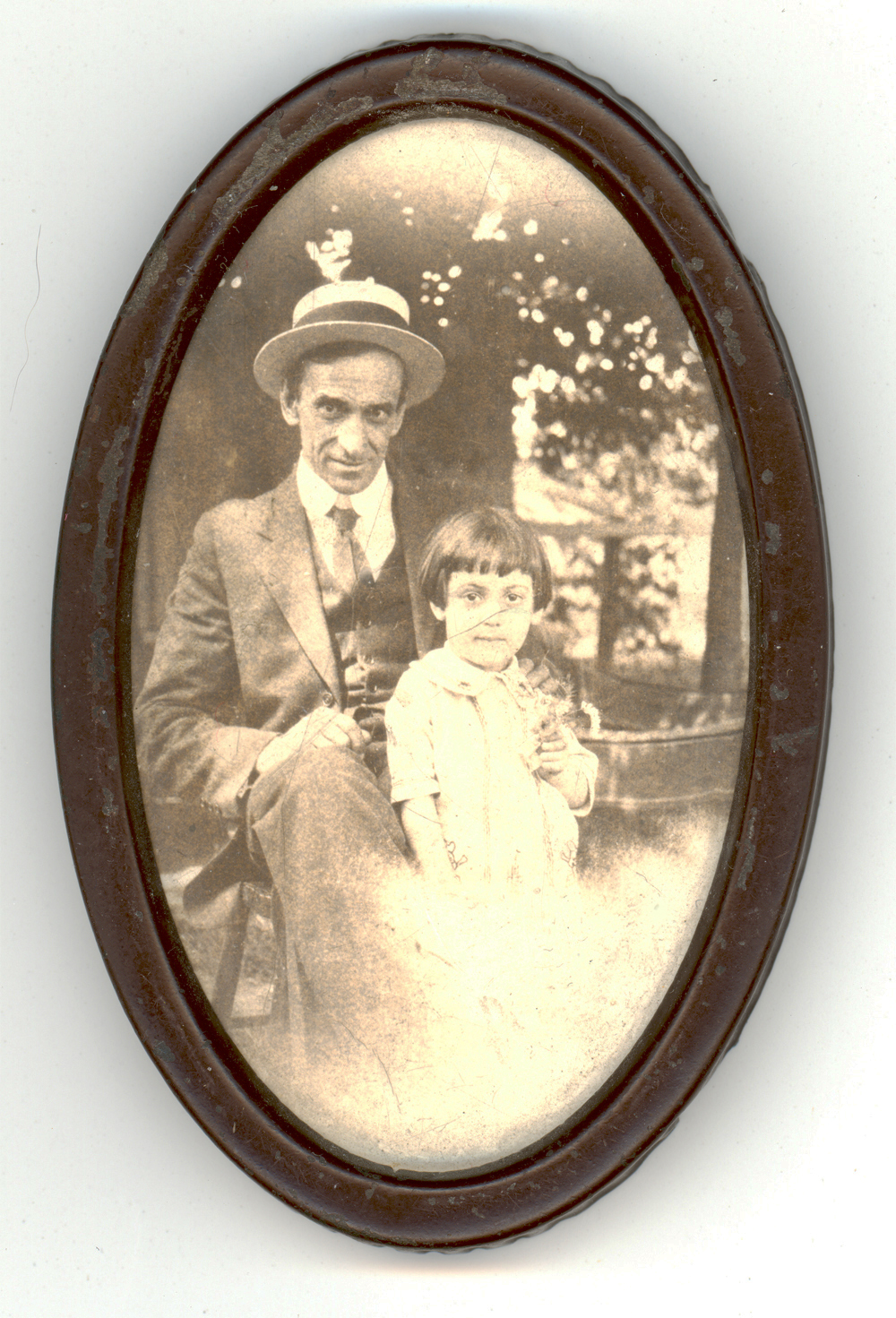
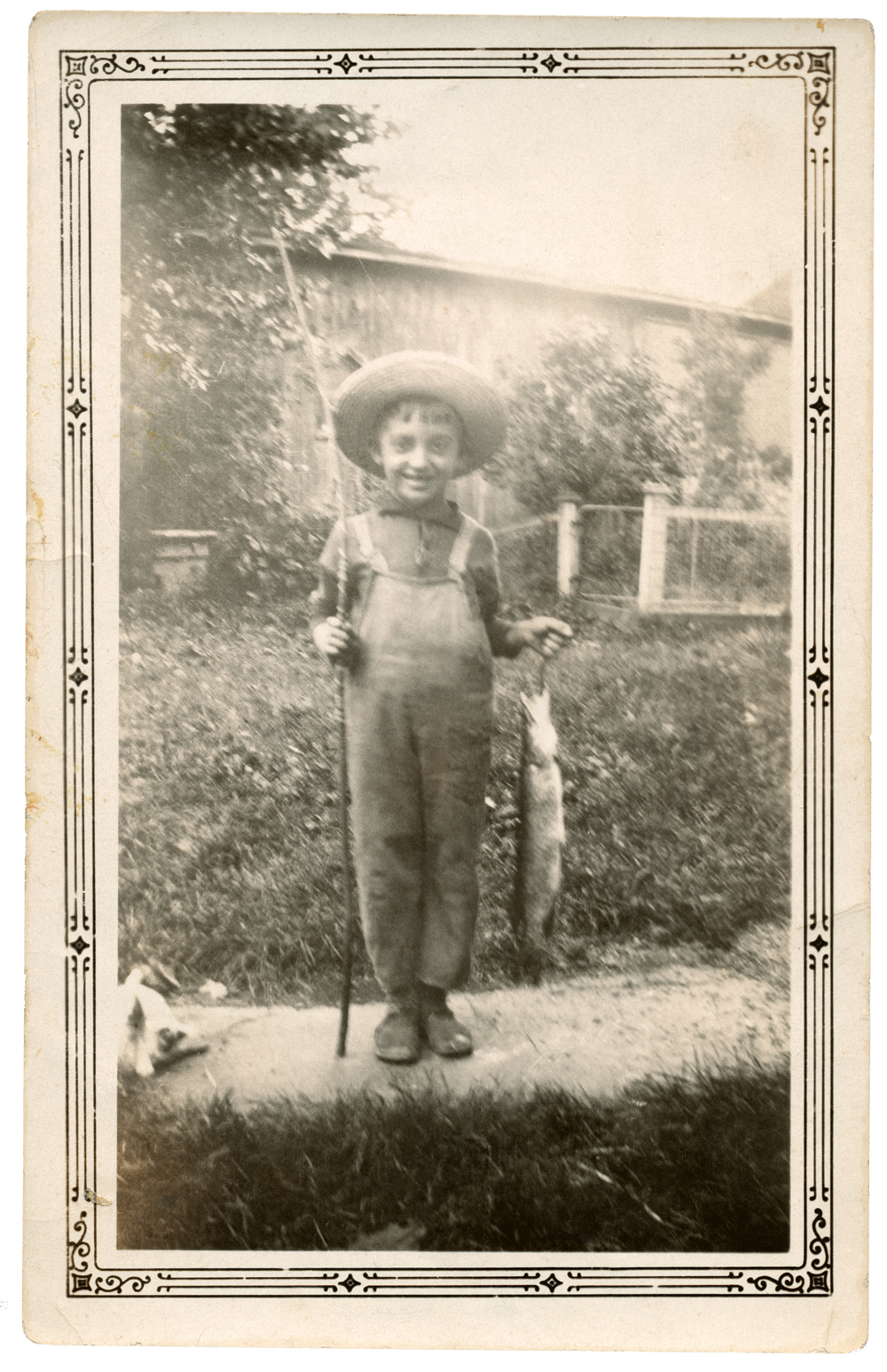
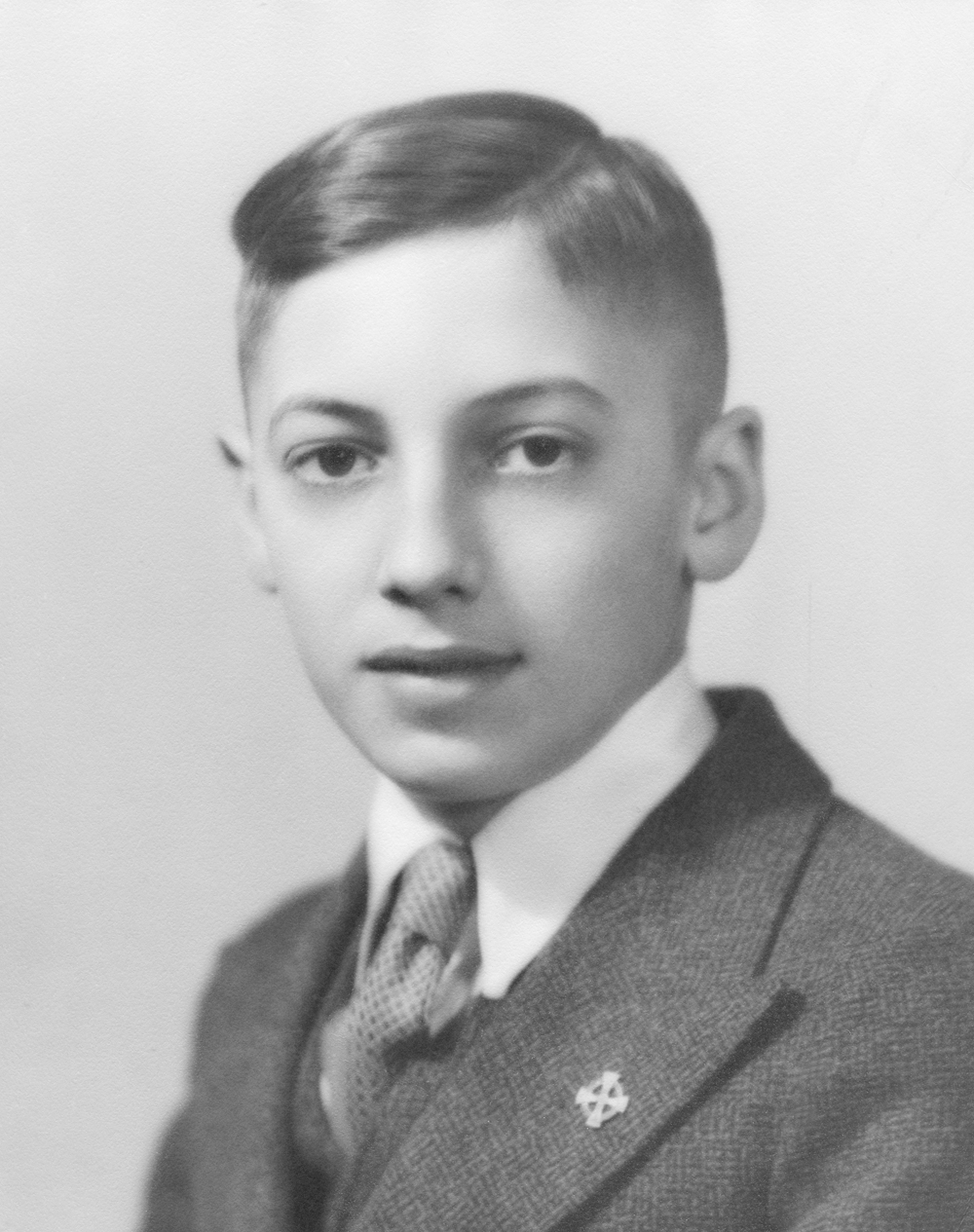
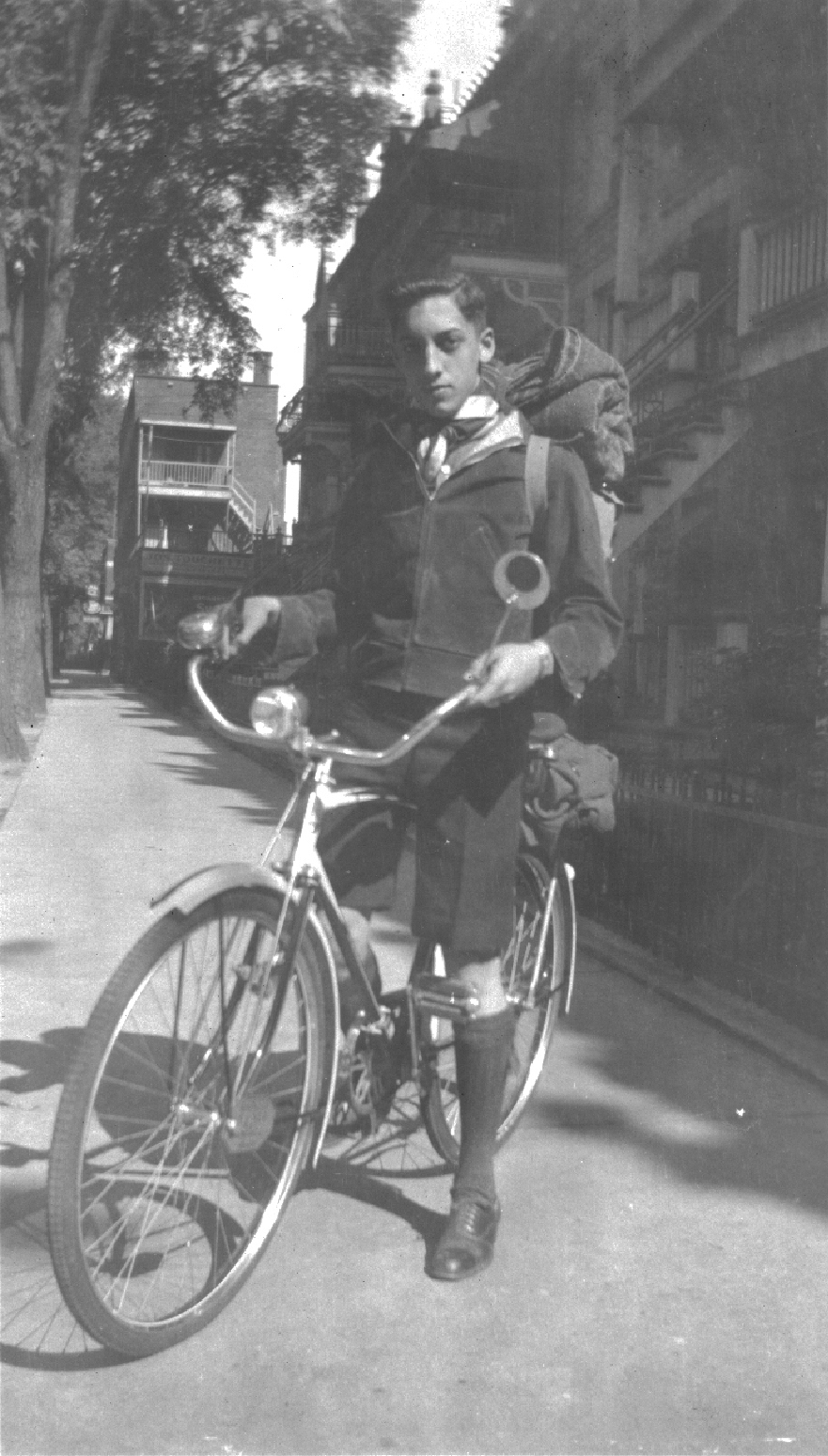
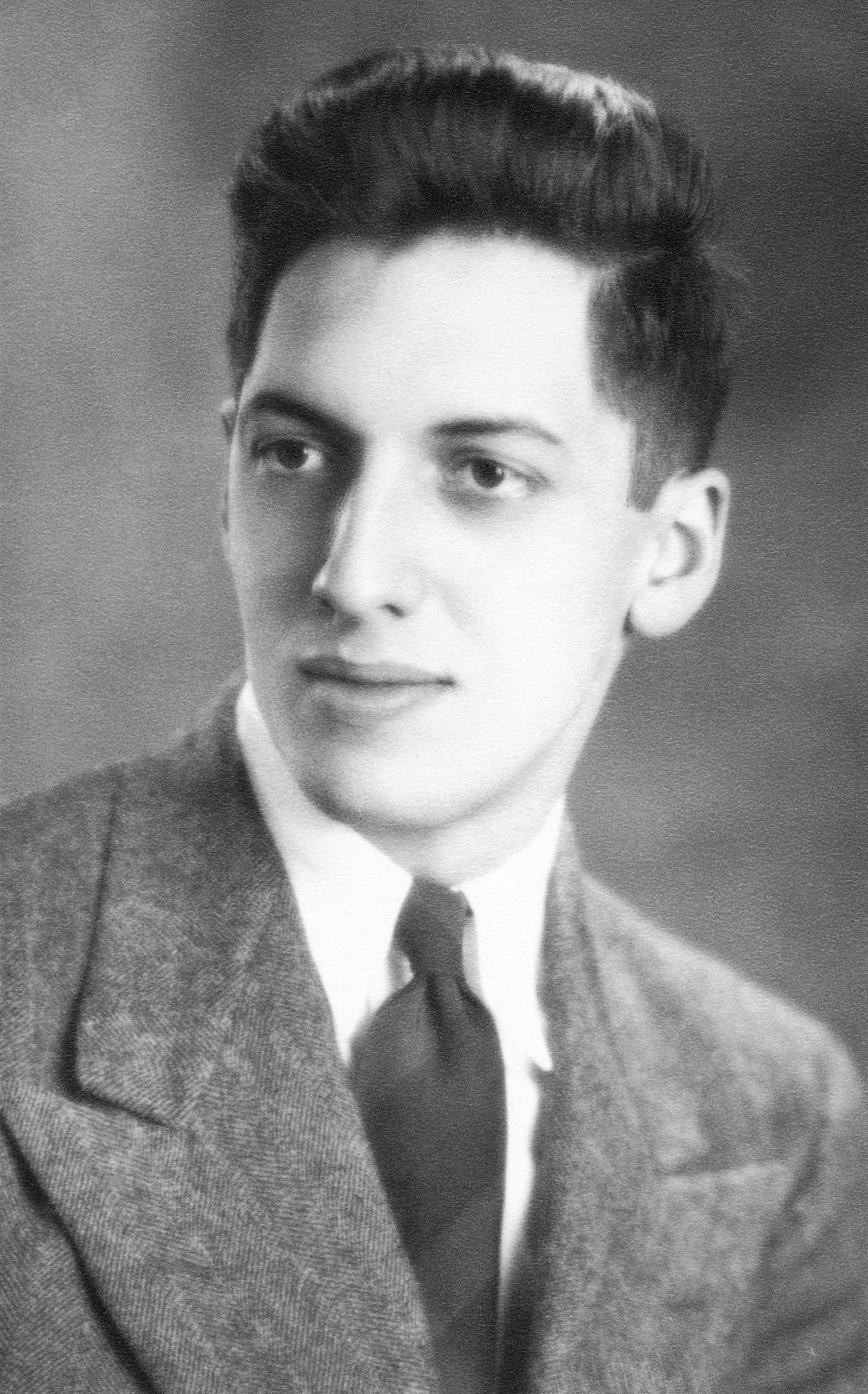
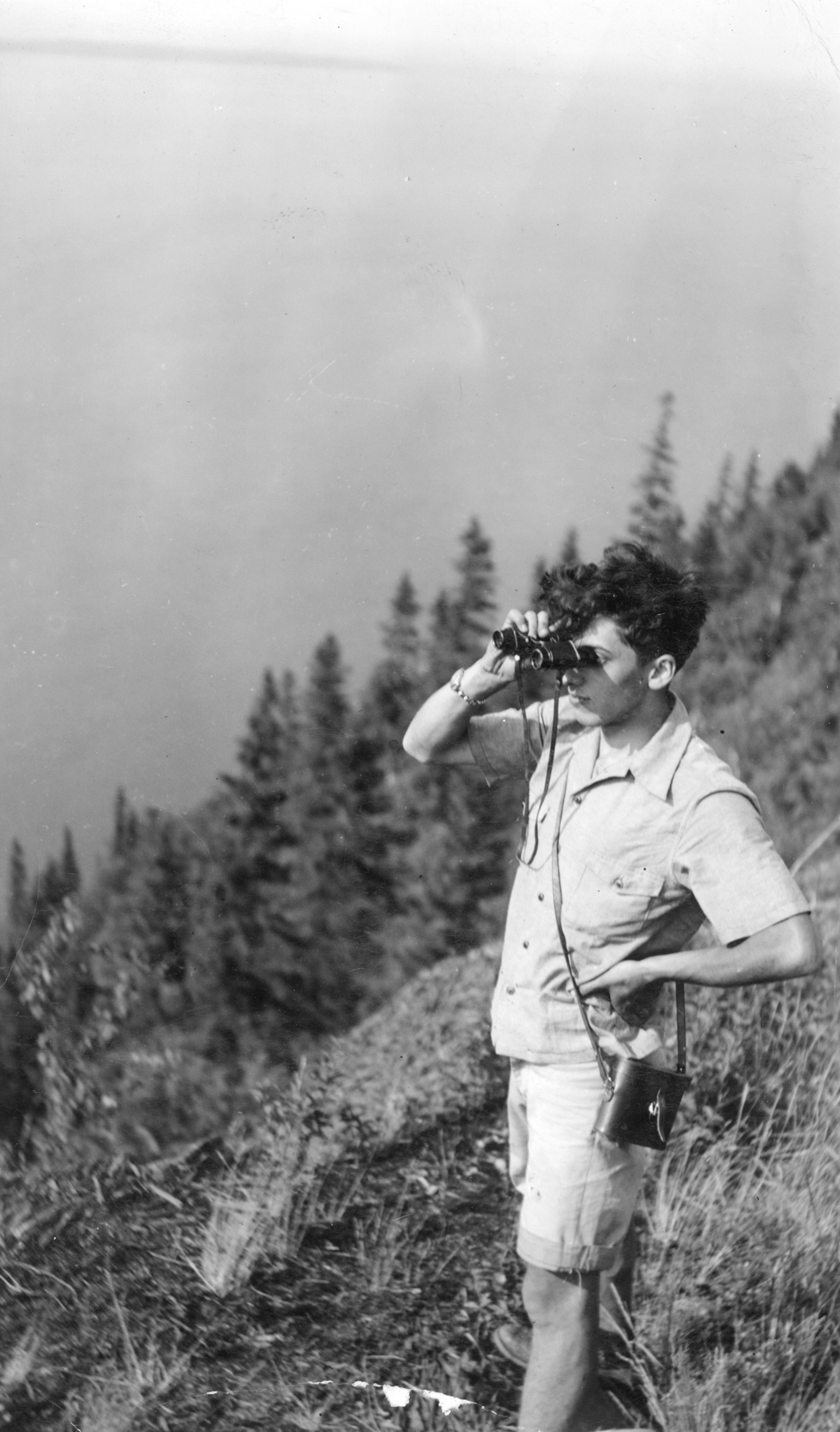
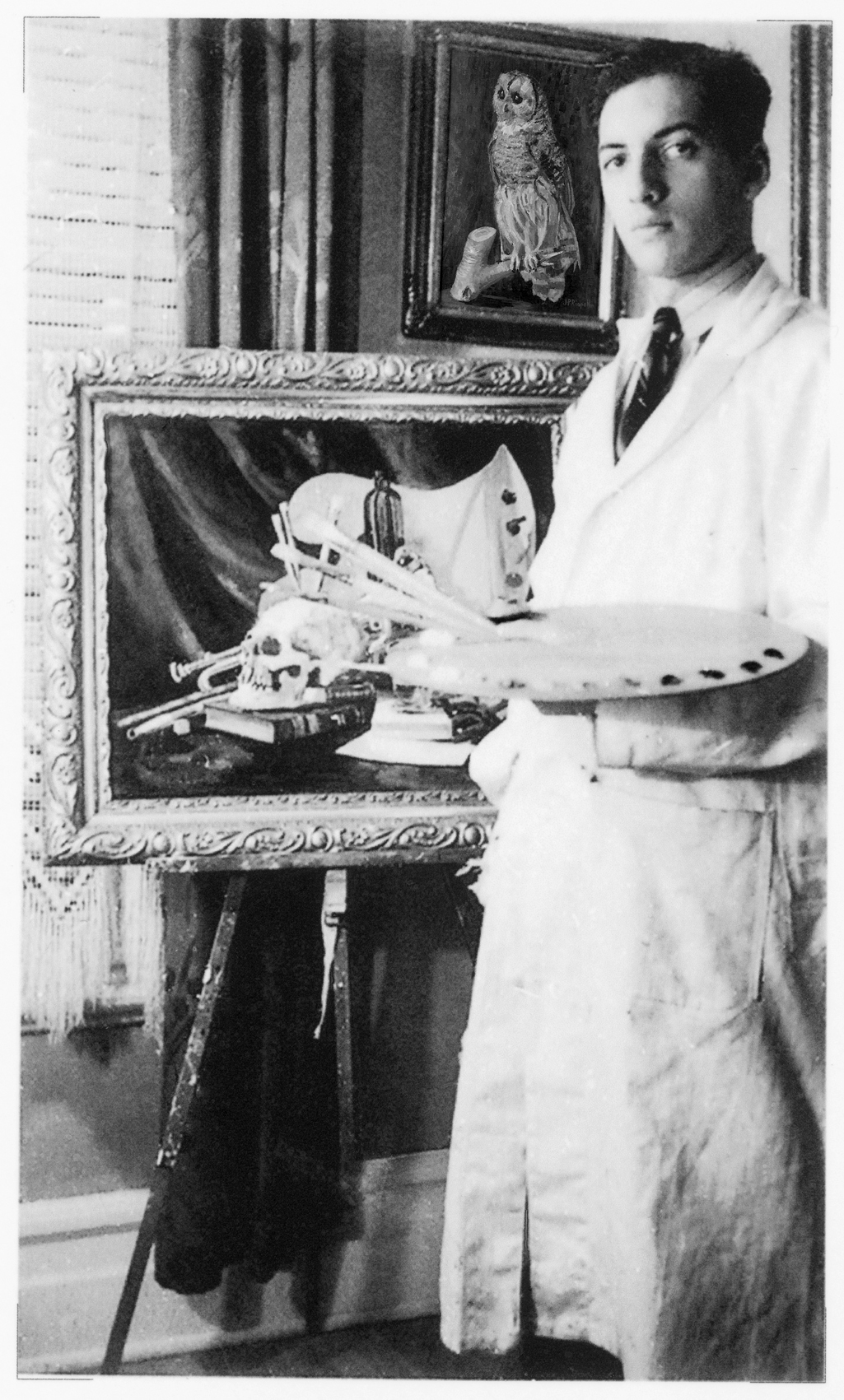
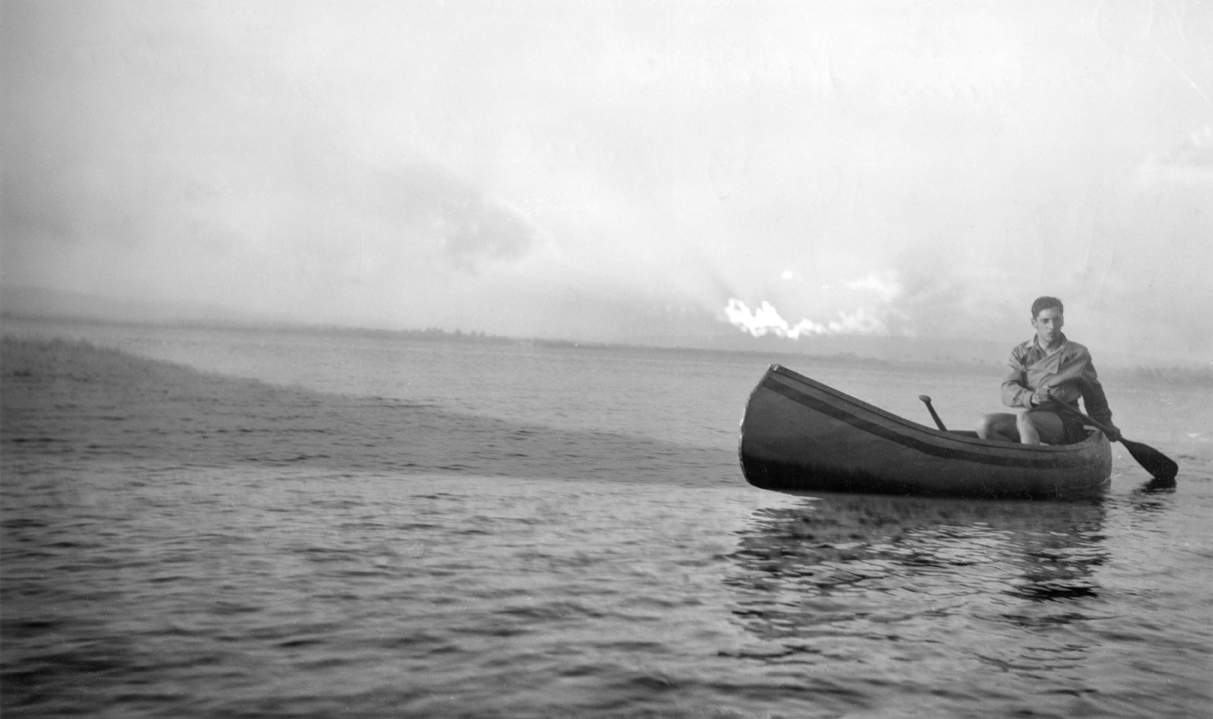
 Youth Project
Youth Project
 Teen Project
Teen Project
 Project for Everyone
Project for Everyone
